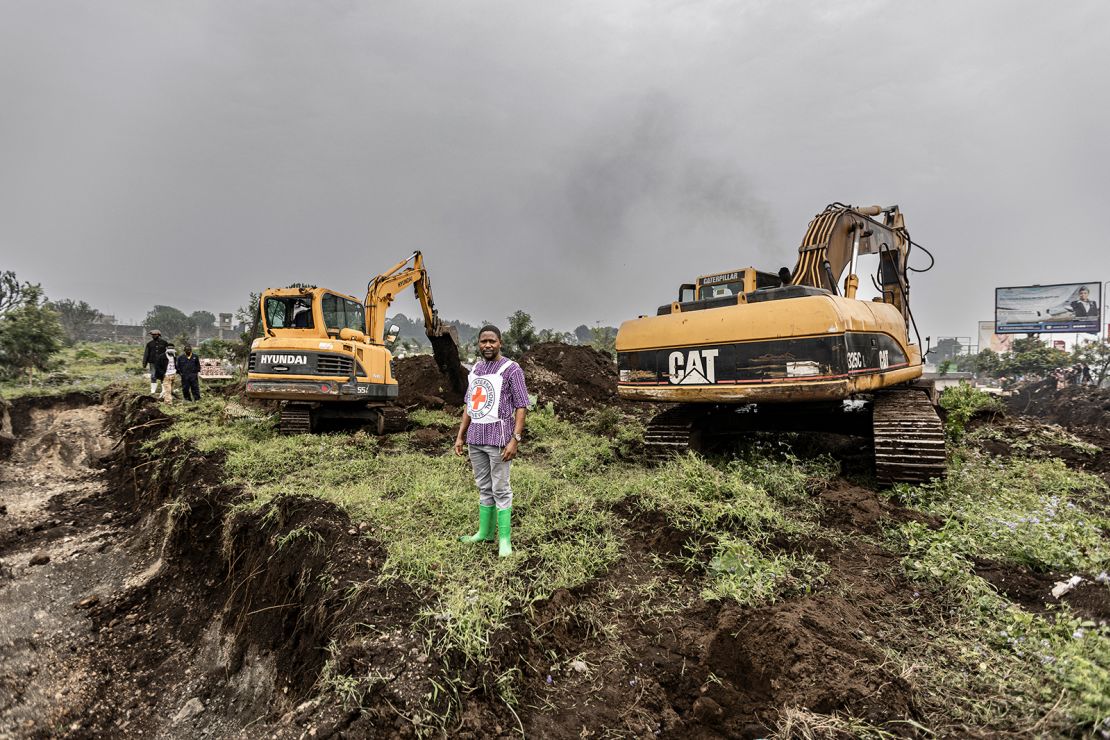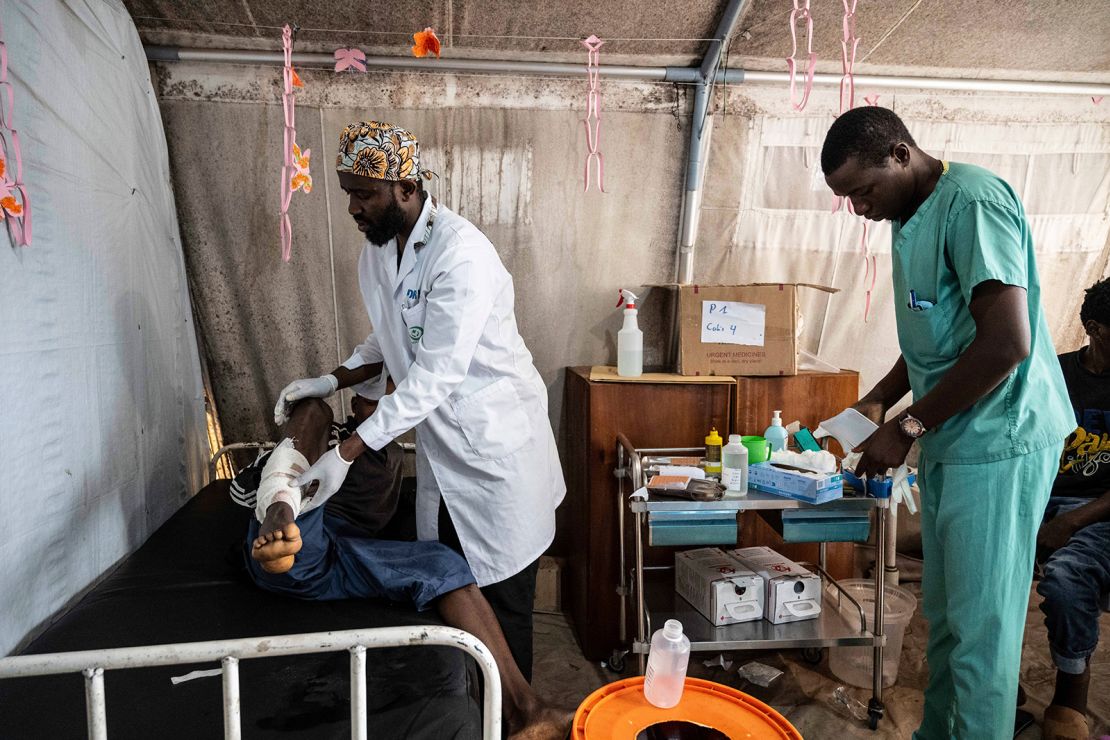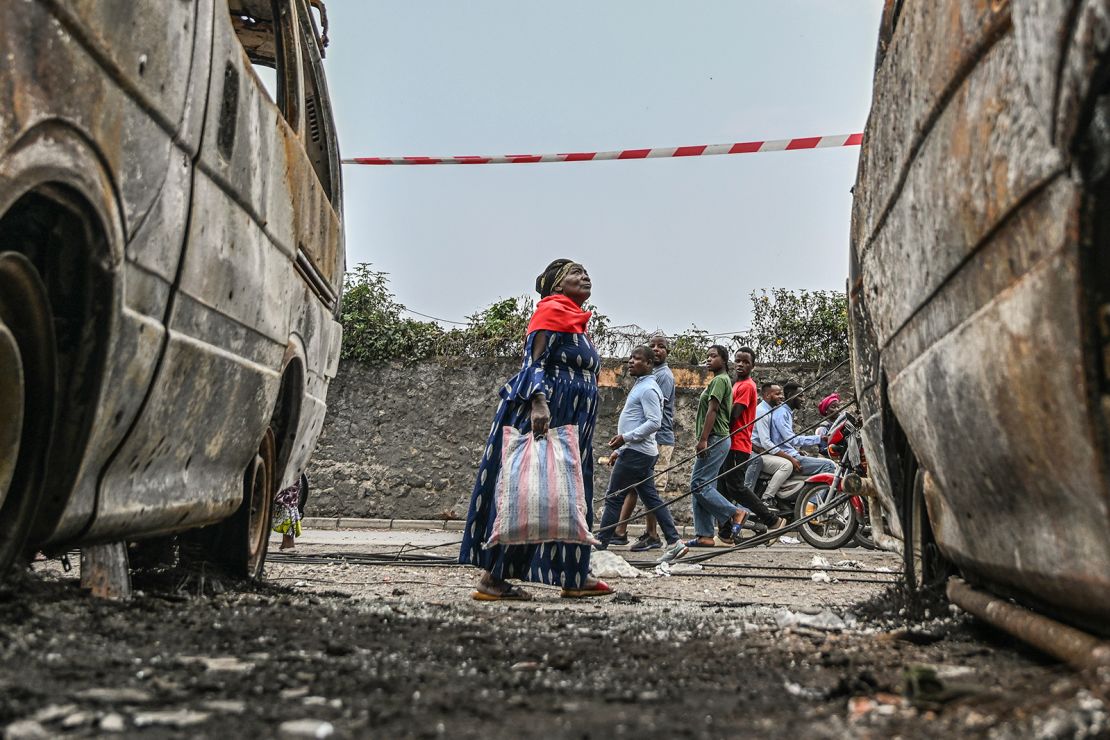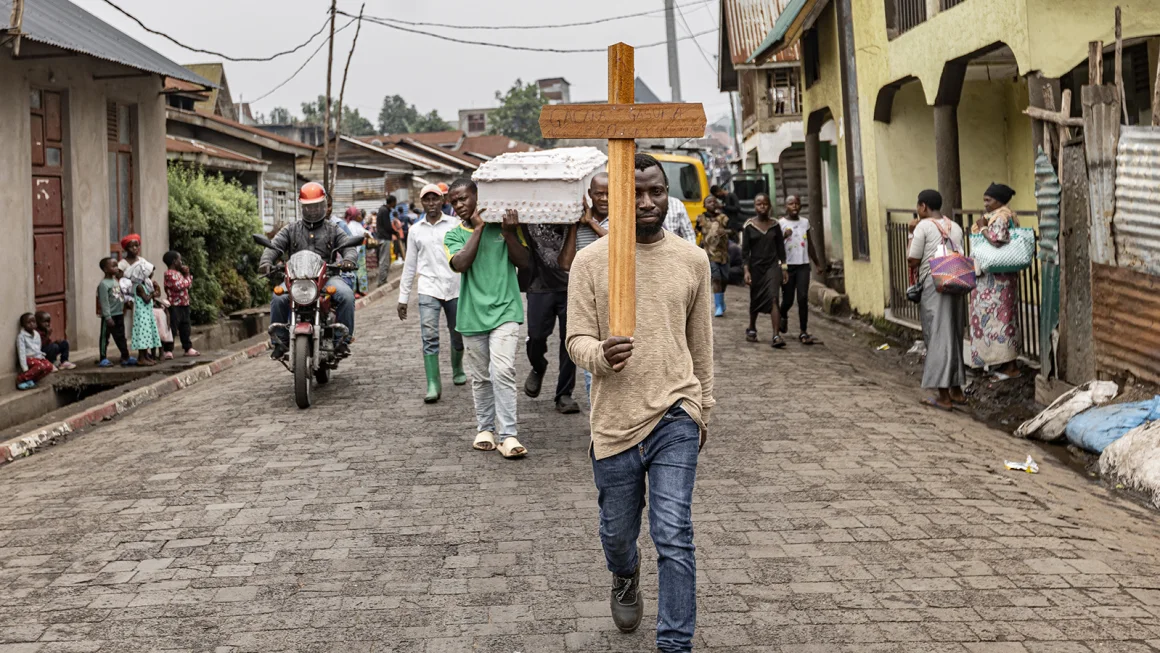Nearly 3,000 people have been killed in Goma, a key city in the eastern Democratic Republic of Congo (DR Congo), following intense clashes between the Congolese army and rebel forces. According to the United Nations, the situation remains dire as fighting persists despite claims of a ceasefire by the rebel coalition, Alliance Fleuve Congo (AFC).
Vivian van de Perre, the deputy head of the UN mission in DR Congo, revealed that “so far, 2,000 bodies have been collected from the streets of Goma in recent days, and 900 more remain in the morgues of local hospitals.” She warned that the death toll is expected to rise, citing ongoing discoveries of decomposing bodies in areas inaccessible due to active conflict.
Goma, home to approximately 2 million residents, has been plunged into chaos, with thousands of civilians seeking refuge in UN peacekeeping bases. The AFC, which includes the notorious M23 armed group, announced a ceasefire on Tuesday, claiming it was “in response to the humanitarian crisis caused by the Kinshasa regime.” However, the Congolese government dismissed this as “false communication,” with heavy fighting continuing in the neighboring South Kivu province.

DR Congo, a nation of over 100 million people, has been marred by decades of violence fueled by ethnic tensions and battles over control of its rich mineral resources. This has resulted in one of the world’s most severe humanitarian crises. The M23 group, primarily composed of ethnic Tutsis, broke away from the Congolese army over a decade ago, claiming to defend the interests of minority communities.
Accusations of foreign interference further complicate the conflict. Congo, the United States, and UN experts accuse Rwanda of backing M23 rebels. While Rwanda denies these allegations, it has acknowledged the presence of its troops and missile systems in eastern Congo, citing national security concerns. Rwandan President Paul Kagame, in an interview with CNN, ambiguously stated that he was unaware of the presence of Rwandan forces in Congo but emphasized Rwanda’s right to defend itself.
Since 2022, M23 has intensified its rebellion, seizing vast territories in North Kivu, a region abundant in valuable minerals such as coltan, crucial for manufacturing electronic devices. Despite the declared ceasefire, heavy fighting continues, with reports of rebel advancements towards Bukavu, the capital of South Kivu province, located just 50 kilometers from the frontlines.
Van de Perre expressed grave concerns over the loss of Bukavu’s Kavumu airport, a critical hub for civilian and humanitarian operations. Rebel forces have reportedly captured a town 100 kilometers from Bukavu, signaling their strategic ambitions to control more key locations. AFC spokesperson Victor Tesongo confirmed that the rebels aim to “install a new administration” in Goma and advance further into South Kivu and eventually Kinshasa, DR Congo’s capital.
M23 leader Corneille Nangaa boldly stated their intention to capture Kinshasa, situated 1,500 kilometers from Goma. “We have come to Goma to stay; we are not going to withdraw. We are going to move forward from Goma to Bukavu … up to Kinshasa,” he declared.

The situation in Goma remains volatile. The Congolese government has not officially confirmed the rebels’ complete control over the city but has acknowledged their significant presence. A new military governor has been appointed for North Kivu, now under a “state of siege,” highlighting the severity of the crisis.
Van de Perre noted, “We remain under occupation in Goma. The situation is highly volatile with a persistent risk of escalation. All exit routes from Goma are under rebel control, and the airport, also controlled by M23, is closed until further notice.”
The ongoing violence has resulted in immense human suffering, with thousands displaced and seeking refuge. The UN estimates that nearly 2,000 civilians are currently sheltering in peacekeeping bases within Goma, as the humanitarian crisis deepens.
The international community has expressed deep concern over the escalating crisis. Humanitarian organizations are calling for immediate ceasefires, unrestricted access to affected areas, and increased aid to address the growing needs of displaced populations.

As the world watches, the people of Goma and the broader DR Congo face an uncertain future, caught in the crossfire of a conflict fueled by historical grievances, regional rivalries, and the relentless pursuit of power and resources.
Stay ahead with the latest news on global innovation, leadership, entrepreneurship, business, and tech. Join us on WhatsApp or Telegram for real-time updates. Have a report or article? Send it to report@theinnovationtimes.com.
Follow us on X (Twitter), Instagram, LinkedIn, Pinterest and Facebook for more insights and trends


